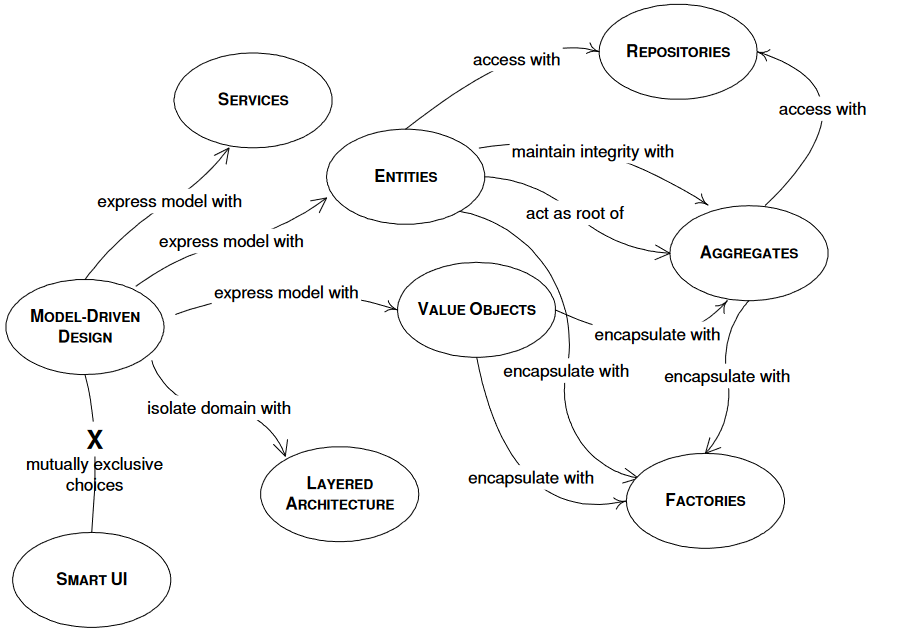Does it make sense to use UML in Domain Driven Design, how to do it

The publication includes a description of a short design pattern: Domain Driven Design, MVC and Boundary Control Entity. It also includes examples of models made in UML.
Description Table of Contents:
1 Description
1.1 The Building Blocks Of A Model-Driven Design
1.2 Layered Architecture
1.3 Hexagonal architecture
1.4 Microservices vs. monolith and general idea
1.5 Microservices architecture
1.6 Microservices can be implemented in various technologies
1.7 Designing process
1.8 BCE Pattern
2 DDD Profile UML
3 The application model
3.1 The application model Use Case Diagram
3.2 System High-Level Architecture Component Diagram
3.3 Application service 1
3.3.1 Primary Actors
3.3.2 Details
3.3.3 Scenarios
3.3.3.1 New document
3.3.4 Relationships
3.3.5 Sub Diagrams
3.3.5.1 App 1 New Document – HLD scenario – sequence diagram
3.3.5.2 App 1 New Document – LLD scenario – sequence diagram BCE
3.3.5.3 App 1 New Document – LLD scenario – sequence diagram DDD
3.3.5.4 Application service 1 Class Diagram LLD architecture with BCE
3.3.5.5 Application service 1 Class Diagram LLD architecture with DDD
3.3.5.6 Document as an aggregate
3.3.5.7 Document Structure Composite Structure Diagram
3.3.6 Traceability

Comments are Closed